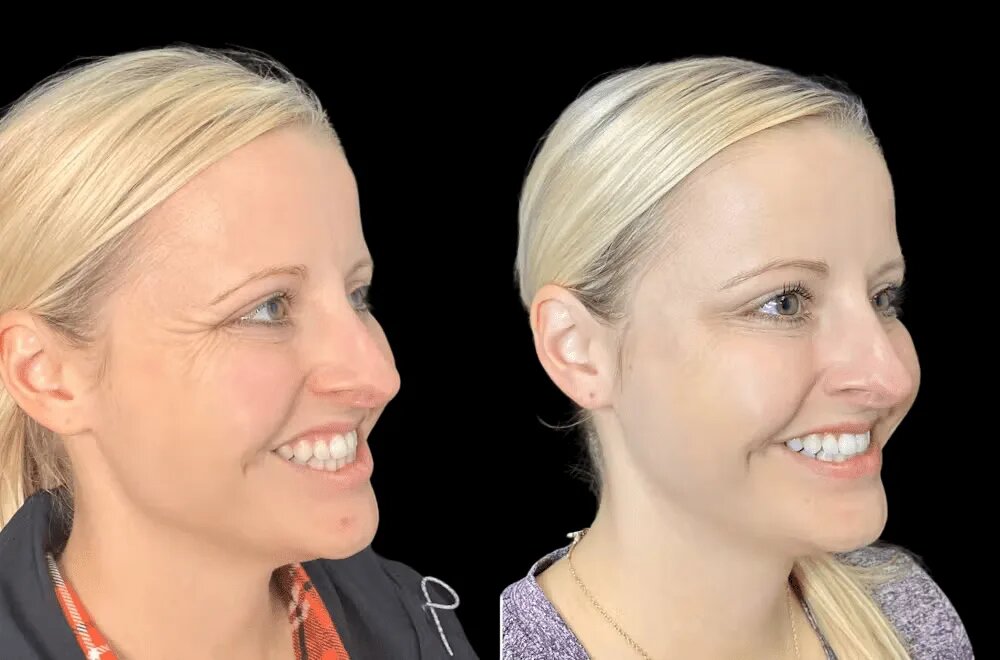New Jersey’s Prescription Drug Monitoring Program: Early Successes
Introduction
New Jersey, like many states across the U.S., has grappled with the devastating consequences of the opioid epidemic. With prescription drugs serving as a significant gateway to addiction, curbing overprescription became a public health imperative.
In response, the state introduced its Prescription Drug Monitoring Program (PDMP) — a digital sentinel aimed at surveilling and regulating the prescription of controlled substances. Though still evolving, the program has already begun to yield promising results in its infancy.
Understanding the PDMP Framework
At its core, a Prescription Drug Monitoring Program is a statewide electronic database that tracks the prescribing and dispensing of controlled prescription medications. New Jersey’s PDMP, administered by the Division of Consumer Affairs, was conceived under legislative mandates to deter “doctor shopping,” overprescribing, and unauthorized refills. Launched in 2011, the system is designed to provide timely access to patient prescription histories for physicians, pharmacists, and other authorized users, enhancing their ability to make safer, more informed decisions.
Pathways to Personalized Recovery
New Jersey offers a wide range of mental health and substance use treatment options tailored to individual needs. One effective approach for those requiring structured care without full-time hospitalization is participation in IOP programs in NJ. These Intensive Outpatient Programs provide a supportive environment where individuals can receive therapy, develop coping strategies, and build community connections while maintaining their daily responsibilities.
With flexible scheduling and access to licensed professionals, IOPs are ideal for those transitioning from inpatient care or seeking more than traditional outpatient support. The emphasis on individualized treatment fosters sustainable recovery and long-term mental well-being.
Initial Implementation and Integration
The implementation of New Jersey’s PDMP followed a tiered approach. Initial phases focused on establishing the database infrastructure and enlisting voluntary participation from providers. Recognizing the necessity for systemic adoption, the state later mandated PDMP registration for all DEA-licensed prescribers and pharmacists.
A pivotal leap came with the integration of the PDMP into electronic health record (EHR) systems, which significantly improved accessibility. This seamless integration enabled clinicians to consult a patient’s medication history within their workflow, minimizing administrative burden and maximizing clinical utility.
Early Indicators of Success
Within a few years of its deployment, the PDMP began to bear statistical fruit. One of the most salient outcomes was a measurable decline in opioid prescriptions. According to state data, there was a 28% decrease in opioid prescribing between 2013 and 2020. Equally notable was the increase in PDMP usage by providers, which surged following educational initiatives and usability enhancements. These figures suggest not only compliance but a cultural shift in prescribing behavior.
The program also fostered a new layer of collaboration among healthcare professionals. By providing a shared lens into patient medication histories, the PDMP enabled coordinated interventions, particularly for patients receiving medications from multiple sources. This cross-specialty transparency became a quiet revolution in patient safety.
Impact on Healthcare Provider Behavior
Perhaps the most compelling evidence of the PDMP’s effectiveness lies in its influence on prescriber conduct. Physicians began to pivot away from high-dose and long-duration opioid prescriptions, opting instead for alternative pain management strategies. The PDMP acted as a cognitive checkpoint — a moment of pause before issuing prescriptions with high misuse potential.
Moreover, the system encouraged judicious documentation and fortified clinical accountability. The knowledge that prescribing patterns were being monitored not only deterred imprudent practices but also prompted greater diligence in patient evaluations. In effect, the PDMP became a behavioral nudge, subtly recalibrating clinical norms.
Cross-State Data Sharing and Expansion
As prescription misuse does not adhere to state borders, New Jersey expanded its PDMP to interface with other states’ systems through the National Association of Boards of Pharmacy’s PMP InterConnect. This multistate data sharing allowed providers to identify cross-border doctor shopping — a common tactic among individuals attempting to evade scrutiny.
The ability to access prescription data from dozens of states has enhanced the PDMP’s utility exponentially. It has also underscored the value of regional cooperation in combating what is fundamentally a national crisis.
Challenges and Lessons Learned
Despite these early triumphs, the PDMP has not been without its challenges. One persistent issue has been the lag in real-time data reporting. While daily uploads are mandated, discrepancies in provider compliance and reporting accuracy have occasionally hampered timely insights.
Technical interoperability with all EHR platforms remains uneven, limiting the full potential of integration. Additionally, some providers have expressed concerns regarding patient privacy and the potential for punitive oversight. Addressing these apprehensions requires a careful balance between surveillance and trust — a balance the state continues to refine.
A Place to Begin Again
In the heart of recovery, finding the right environment is crucial for lasting change. Across the state, detox centers in NJ provide structured, medically supervised spaces where individuals can safely begin their journey away from substance dependency. These centers offer not just withdrawal management, but also emotional support, clinical assessments, and transitional planning.
The goal is to stabilize both body and mind before moving into long-term treatment. Each facility varies in approach, yet all prioritize compassionate care and individual dignity. For many, these centers represent more than just treatment—they are the first real step toward rebuilding a healthier, sober life.
Conclusion
New Jersey’s Prescription Drug Monitoring Program stands as an exemplar of data-driven policymaking in the public health sphere. Its early successes — evidenced by reductions in opioid prescribing, improved provider behavior, and enhanced interprofessional communication — signal a meaningful step forward in curbing prescription drug misuse.
As the system matures and expands, its evolution will be instrumental in shaping a safer, more accountable framework for controlled substance prescribing. The road ahead will demand continual adaptation, but the foundation has been firmly laid.












